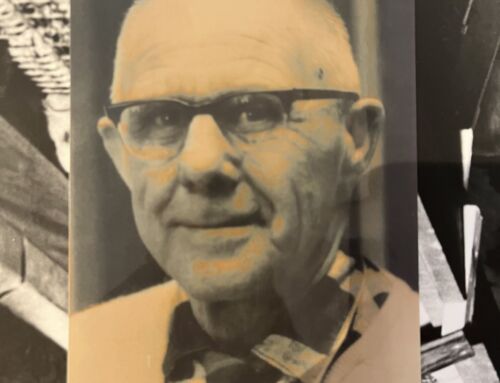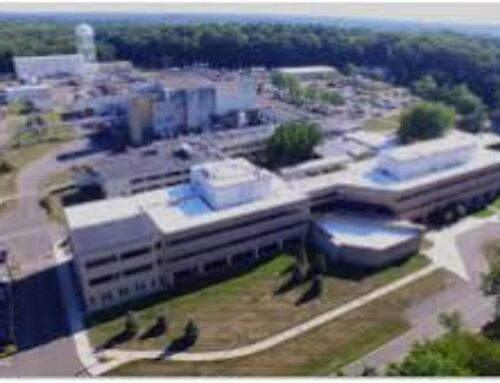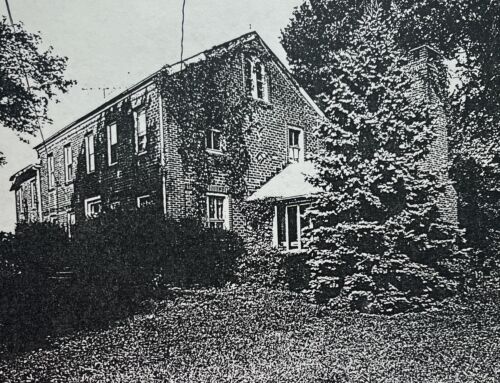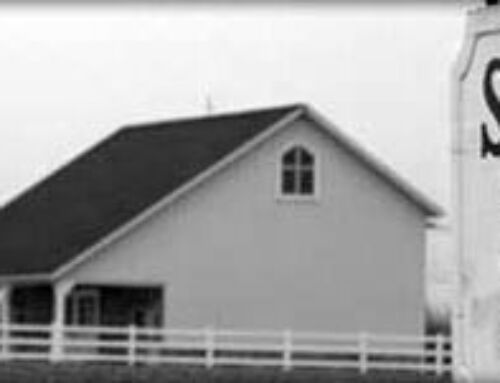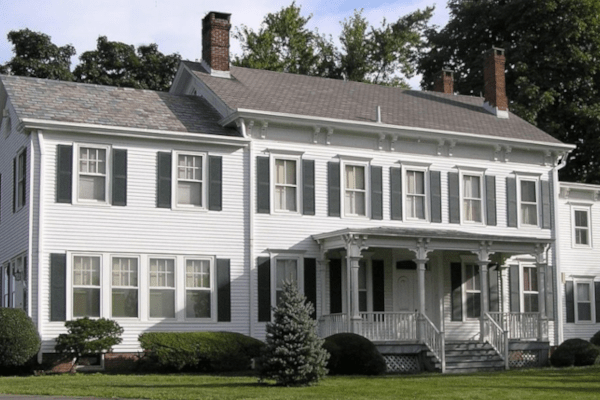In 1982, an archeological dig was done at the location where the new Scudders Mill Road Bypass would intersect with US Route 1. Prior to digging, archeologists divided the four acre site into 10 x 10 foot squares. They then walked through the field and picked up all kinds of interesting things. Some things were modern, like pieces of a glass bottle or a nail, while others were Lenape artifacts that came to the surface when the farmer plowed the field. Every single item, whether it was a modern or ancient, was accounted for. The researchers would count up the type and quantity of finds in each 100 square foot area. In some of these squares, no artifacts or only a few ancient items were found. In other areas, 10 to 20 ancient artifacts might have been found. From this data, the archaeologists would formulate a plan on where to dig. They divided the area into 5 x 5 foot squares and started digging. But they didn’t just dig straight down. They took off soil in layers and put it through a screen to catch any small bits. They would carefully document each and every item they found, whether it was just a flake of stone, an axe head, a projectile point or even fire-cracked rocks. These photos taken at the New Jersey State Museum depicts a dig that was done at a place known as Abbott Farm in Trenton that 1894-1895. Look at the different layers of soil. Notice how sometimes there would be just one artifact while in other places there might be a whole pile of ancient items. Archaeologists use these techniques no matter where they are working, whether it be at an ancient Egyptian pyramid site or a Lenape village site in Plainsboro.
To learn more about the Scudders Mill Bypass archeological dig, stop by for a free lecture the Wicoff House Museum on Sunday, February 11th from 1:00 – 2:00 pm. Register for this free event at tinyurl.com/lenape24


